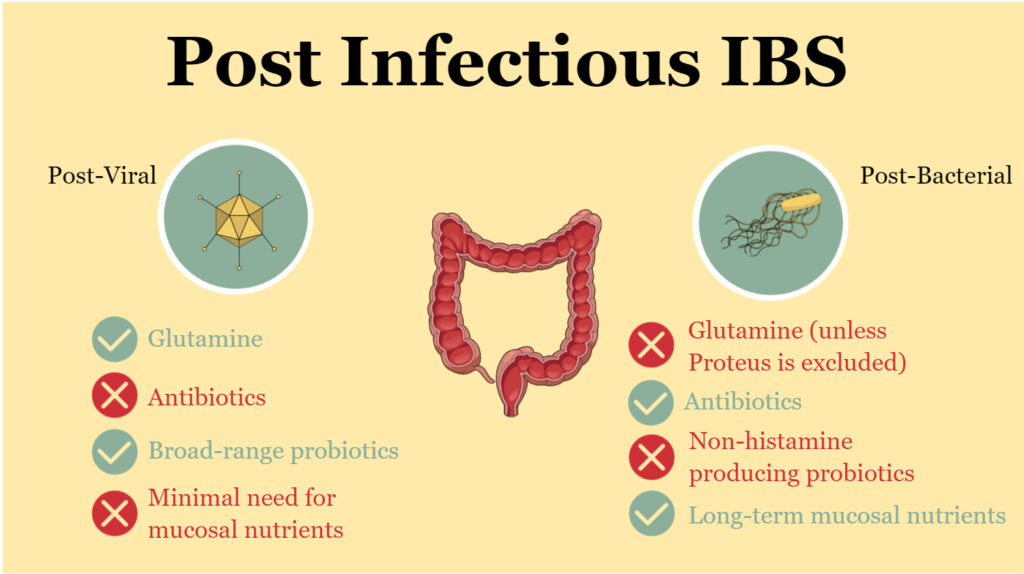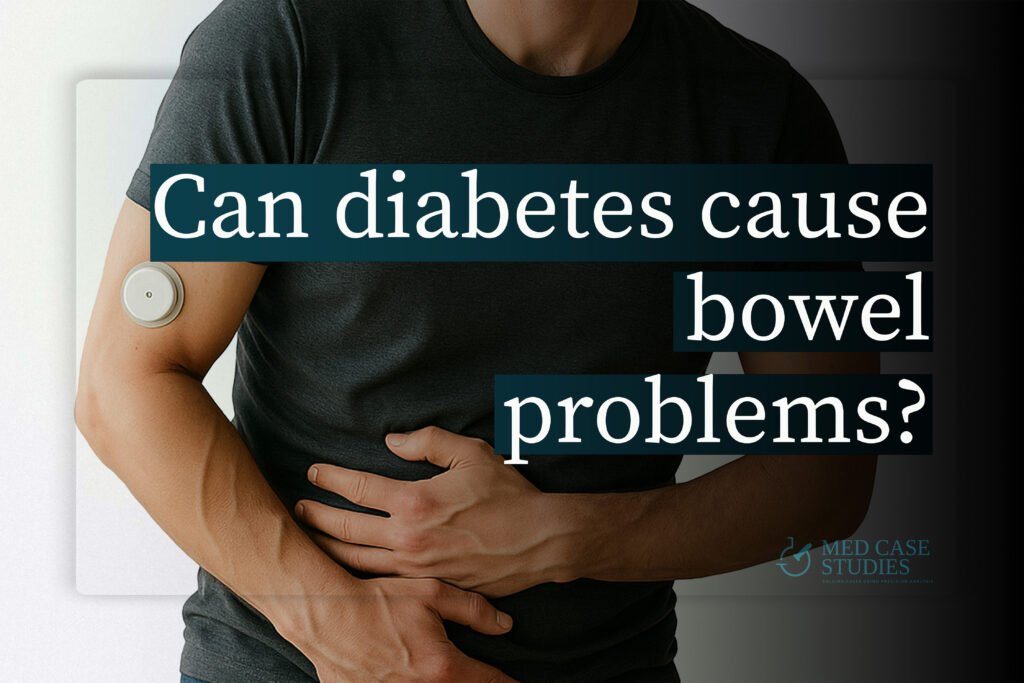Stop the alkaline madness
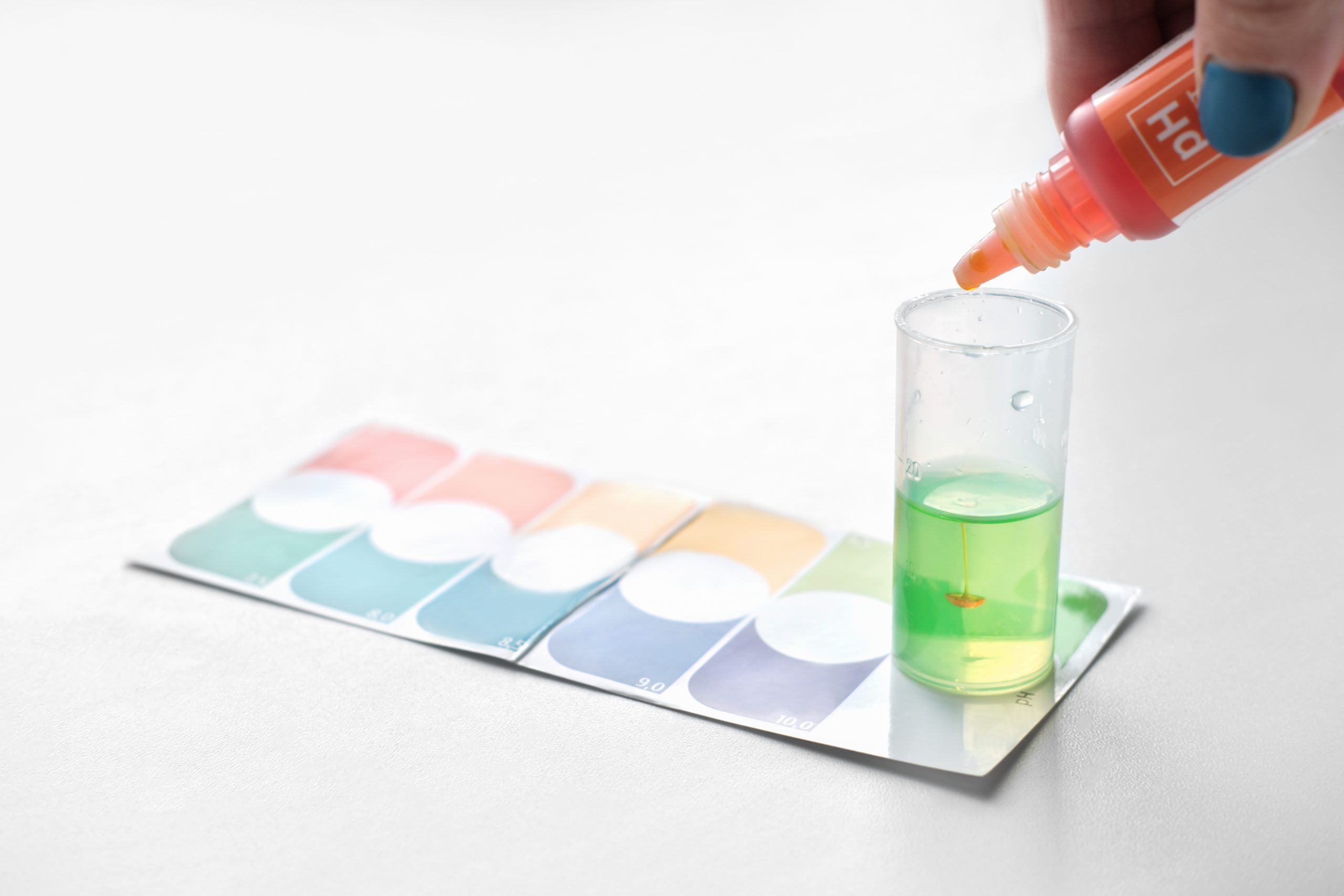
Acid-base 101
We refer to something as acidic when its pH value is below 7. On the other hand, alkaline is something with pH values over 7. Water is a substance with pH exactly 7. The closest to 0 the pH value, the more acidic the substance is (batery acid, lemon juice, gastric acid). The closest to 14 the value, the more alkaline it is (ammonia, oven cleaners). And that’s about it. When it comes to human physiology, there are different pH values in different parts. It is not a fixed property, which means that pHchange depending on the circumstances and the health state of the person. In general, human parts that reside “inside” the body are alkaline whereas “outside” organs are acidic. “Outside” organs are parts of the body that are in continuity with the outside world. The mouth, the lungs, the nose, the vagina, the stomach, the intestine and some other parts are the first to come in contact with environmental substances, and are considered external.
We may be alkaline on the inside
Our blood is alkaline. Slightly, but still alkaline. Blood ph is maintained between pH values of 7,35 to 7,45, and it is tightly regulated by several homeostatic mechanisms. In fact any deviation below 7,35 (acidosis) or over 7,45 (alkalosis) are considered pathologic. Our kidneys are responsible for this tight regulation. Whenever something tries to alter the acid-base balance, the renal function ensures that the pH will return to its optimal value using a highly sophisticated machinery. In this context, the kind of molecules that will enter our body through digestion and respiration do not define blood pH. If that was the case, then we would all die the first time we would smell ammonia!!!!
... but acidic on the outside
Now, as I wrote earlier, there are many “outside” organs. Their pH regulation is only slightly influenced by renal function and they are subject to self-regulation. In fact, these organs are covered by a mucosal layer, which is the first and most important defense mechanism against invading bacteria, viral infections and toxins. All our “outside” organs possess this mucosal layer. Under healthy conditions, the surface of these organs is acidic and in some cases, like the stomach, may reach extreme acidic conditions. The acidity reached in stomach serves many functions, the major ones being digestion of certain nutrients and defense against ingested microorganisms. Long term acid suppression leads to malabsorption and SIBO:
Malabsorption of nutrients
Most of the nutrients contained in our food must be properly isolated and activated in order to be efficiently absorbed. Maldigested food particles or insufficiently prepared food components cannot release their vitamin content, which is subsequently lost. In the case of cobalamin (vitamin B12) things are even more dependent on the proper function of our stomach and the acidity threshold it reaches during the gastric phase. Once B12 enters the stomach, the protein-bound B12 must be freed. The responsible enzyme for this process is called pepsin and usually exists in its preform, called pepsinogen. The conversion of inactive pepsinogen to the highly active pepsin is an acidity dependent process and takes place only at very acidic environments. Usually, this takes place within pH values below 5, and optimally at pH around 2,5 to 3,5. When this process is chronically inhibited, B12 levels are constantly falling and deficiency is diagnosed. Besides B12, a vast array of protein bound vitamin and nutrients get lost resulting to chronic deficiencies and predisposing in this way to many diseases.
Small intestinal bacterial overgrowth
Small Intestinal bacterial Overgrowth (SIBO) is now a well recognized entity and is linked to a large variety of disorders like autoimmune, cardiovascular, neurological and many more. Under normal conditions, the small intestinal surface hosts below 10.000 microbes per ml and only at the end of it (ieum) this number may reach 100.000 to 1.000.000 microbes per ml. These microbes belong to specific genera, most likely to Lactobacilli and Streptococci. Over 98% of the total intestinal bacterial load is concentrated in our large intestine. This medium load of bacteria in the small intestine is beneficial. Most of them have distinct roles like protecting from invaders, normalizing mucosal properties, activating several micronutrients for absorption, and many more. Nevertheless, if these colonies extend over a threshold, many of their enzymatic reactions and nutrient digestion get compromized. SIBO will more likely take place on the context of a less acidic gastric phase. This means that more bacteria will survive the killing rage of hydrochloric acid and thus more bacteria (along with more maldigested food particles) will enrich the small intestinal area.
The acidic nature of the gastrointestinal system
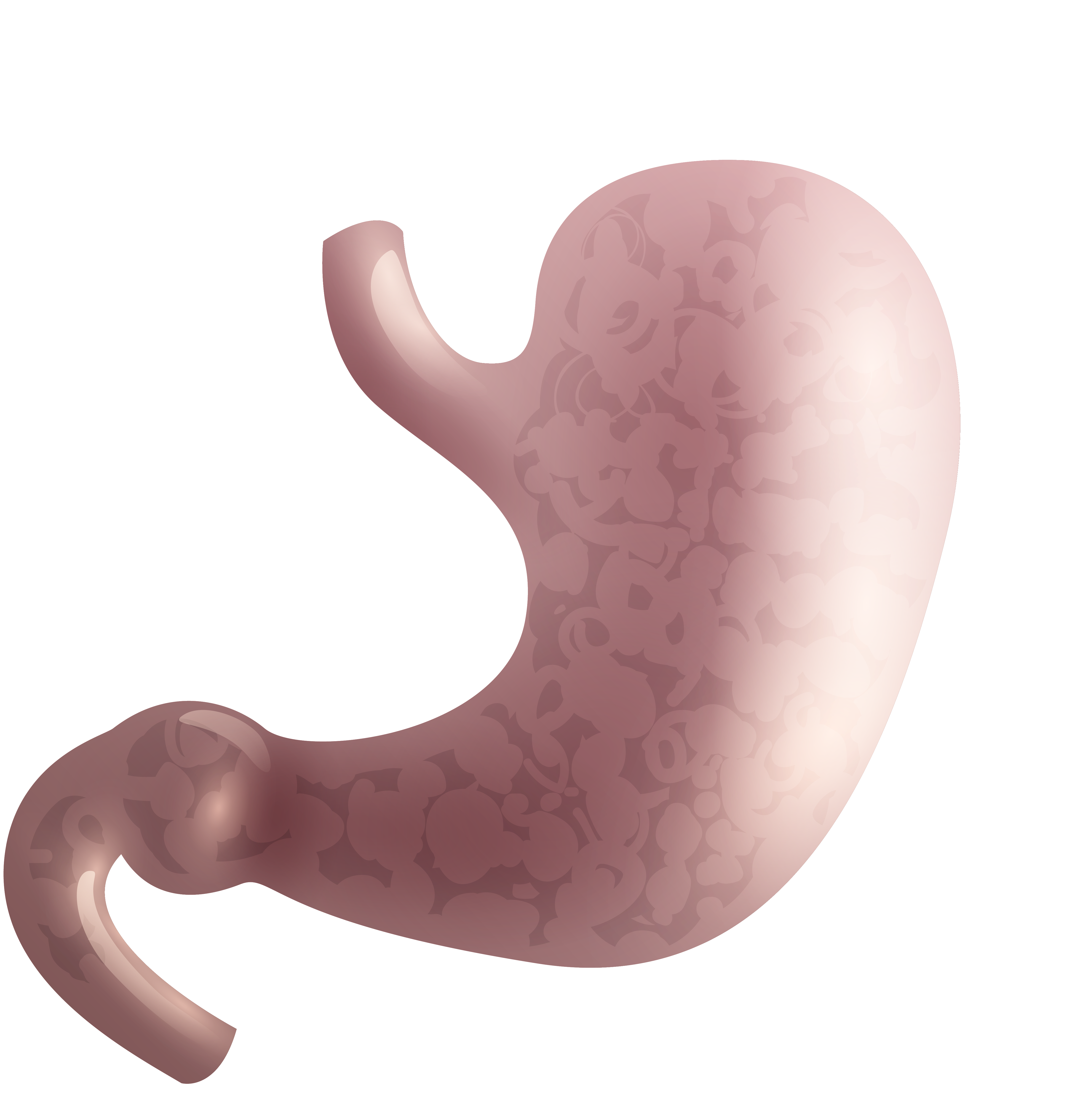
Stomach
At rest, gastric pH resembles of that of a battery and ranges from 1 to 3, while in feeding mode it may reach up to 5 due to the alkaline character of the food
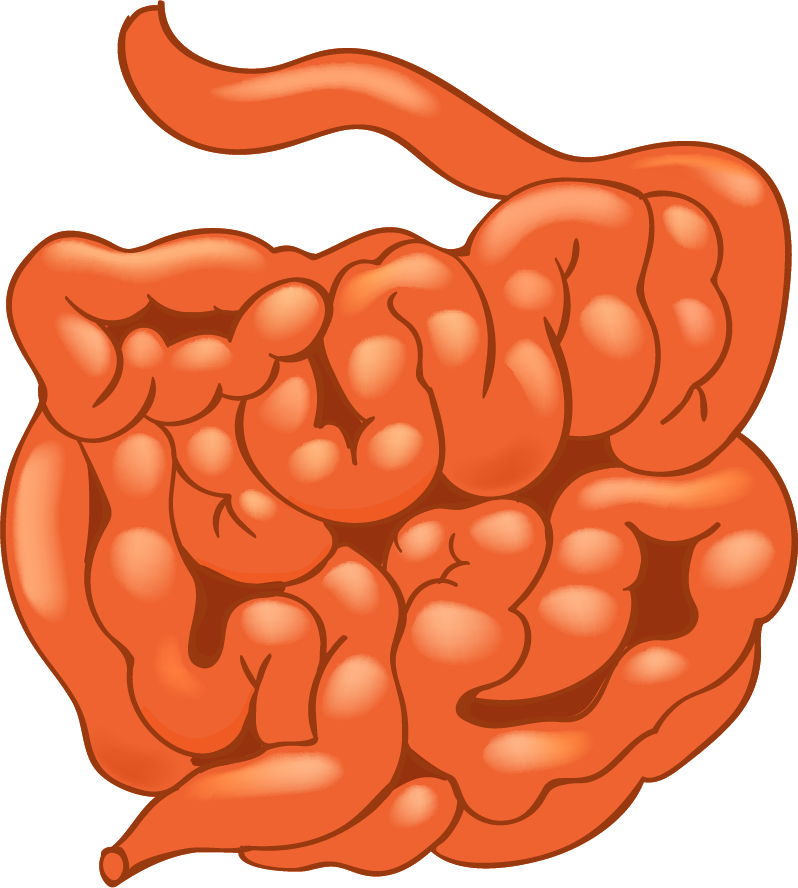
Small intestine
Small intestine's pH ranges from slightly acidic (5.5) to slightly alkaline (7.3). But alkaline state is only transient and usually occurs when food is processed in the lumen

Colon
Colon reaches neutrality (pH=7) only at the descending part. The rest of the colon's surface is acidic, mostly due to bacteral fermentation of fiber, which results in acid production
In digestive terms, alkaline diet does not make sense
First of all I need to clarify that the much talked about alkaline diet is not a bad one. The alkaline diet supports the notion that eating “alkaline” foods is important for health. Nevertheless, people supporting this diet claim that “alkaline” are fruits and vegetables, like celery, kale etc. The problem is that… they are NOT alkaline. Their ph values are and should stay below 7, which means that they are acidic. Eating celery and kale is highly beneficial in every aspect of our metabolism. These are food flooded with nutrients and anticancer substances, and in fact they should be consumed in large amounts during their season. They are also rich in fiber which, according to my opinion, is the reason why humans evolved the way they did. Also they are full of vitamins. This is why these are good foods. But, NOT because they are alkaline. Grapes, pomegranates, grapefruit, tomatoes, lemons are all highly acidic, but extremely healthful.
In fact, our body cannot know if something ingested is alkaline or not. There is no correlation between the food consumed and the ingredients that will eventually enter the body. Everything consumed is subject to multiple processes before being absorbed, which change its composition and physico-chemical properties, to a great extent. Therefore, a food that, when cooked presents with an alkaline character, when it reaches the stomach will get acidic. The final bolus to pass into the intestine is obligatory acidic as it has been mixed with a liquid having a pH close to 1. Therefore, what consumed was originally alkaline would eventually become acidic. Yet even when someone consumes baking soda, a high alkaline substance, the stomach’s job is to neutralize it.
So the baking soda will mix with the stomach fluids producing air. Even the small amount likely eventually to pass into the body will not be able to make any substantial difference in pH, as the kidneys are the ones who will ultimately decide if the body needs alkalinization. Therefore, either someone gets baking soda, or not, does not affect the inside of the body. It affects, and unfortunately, adversely, the organs that are outside the body, mainly the stomach and intestine. Continuous exposure of the intestine to super alkalizing substances may lead to alteration of the physico-chemical properties of its mucosa and to predispose to serious disorders. Indeed, diseases such as ulcerative colitis, colorectal cancer and others are favored by high pH, i.e. alkaline conditions.
Ways alkaline gut pH may favor disease
Toxic exposure of the colon surface
A healthy stool pH ranges from 5,5 to 6,5 units. Therefore faeces are acidic products. This is normal as their formation, in a very large proportion, is due to bacterial activity. Most bacteria produce acidic products such as butyric, propionic and acetic acid. Generally, these products result from bacterial degradation of plant fibers. It is not a coincidence that statistically, high fiber consumption favors bowel health and prevents inflammatory bowel disorders. Alkaline intestinal environment favors carcinogenicity with yet another way. It is known that colon cancer is favored by the presence of toxic substances in the large intestine. Several of them are recognized and include widely used pesticides, packaging materials as well as bile salt derivatives. When these substances are to be excreted, the liver deactivates them by placing on their molecules certain tag molecule. One of them is called glucuronide. When a toxic substance that contains a glucuronide tag reaches the large intestine it can do any harm and is then excreted with the stools. There is a bacterial enzyme (glucuronidase) in the large intestine, however, which may re-release these toxic substances and allowing them to cause damage to the intestine, by cleaving the glucuronide tag. Modest function of this enzyme is desirable because it allows for the re-absorption of certain nutrients such as vitamin D and vitamin K. The enzyme's activity depends on the pH in which it is found. The higher the pH of the environment, the greater the activity it has. Therefore, the more alkaline the colon is, the greater the activity glucuronidase has. Thus, more toxins will act in the large intestine, increasing both the predisposition for colorectal cancer and ulcerative colitis.
Microbial passage
Colon cancer has been linked in many studies with the infestation of the colon by several notorious bacteria. Fusobacter, Porphyromonas and several other species are detected in biopsy cultures and are thought to contribute to disease progression. In fact, it's been shown that some tumors, when metastasizing, they carry their bacterial signature along. These kind of bacteria are the ones usually recovered from periodontitis patients. The only way these bacteria have to migrate to the colon in large amounts is through the stomach. Luckily, this is something they can not do, under normal circumstances, as the infernal acidic environment of the stomach kills them in sight. But when someone is constantly alkalizing his stomach, inevitably more and more of mouth and food borne bacteria will enter the intestinal lumen and potentially colonize.
Takeaway message
The alkaline diet is a healthy one. It dictates the consumption of large amounts of fruits and vegetables, something that is for sure the nature’s way. The healthy consequences, though, from their consumption has nothing to do with alkaline.
- In their vast majority, fruits and vegetables are not alkaline. In several cases they are highly acidic
- Any food consumed has a very limited capability of changing blood pH, which is tightly regulated by renal and respiratory function
- All our external organs (gut, lungs, vagina etc) are highly acidic and should stay this way as acid protects from invading pathogens and toxins
- External organs that become alkalined are predisposed for diseases like ulcerative colitis and colorectal cancer
- Experimenting with alkaline treatments, like drinking regularly baking soda, may deteriorate gastric and intestinal mucosal integrity

With a background in Chemistry and Biochemistry from the National and Kapodistrian University of Athens, Theodoros brings a wealth of knowledge in functional medicine and advanced treatments to his role. He possesses exceptional skills in analysis, pattern recognition, diagnostic translation, and storytelling. He is also FMU certified in Functional Medicine and has received training in advanced treatments from the Saisei Mirai Clinic in Japan.
